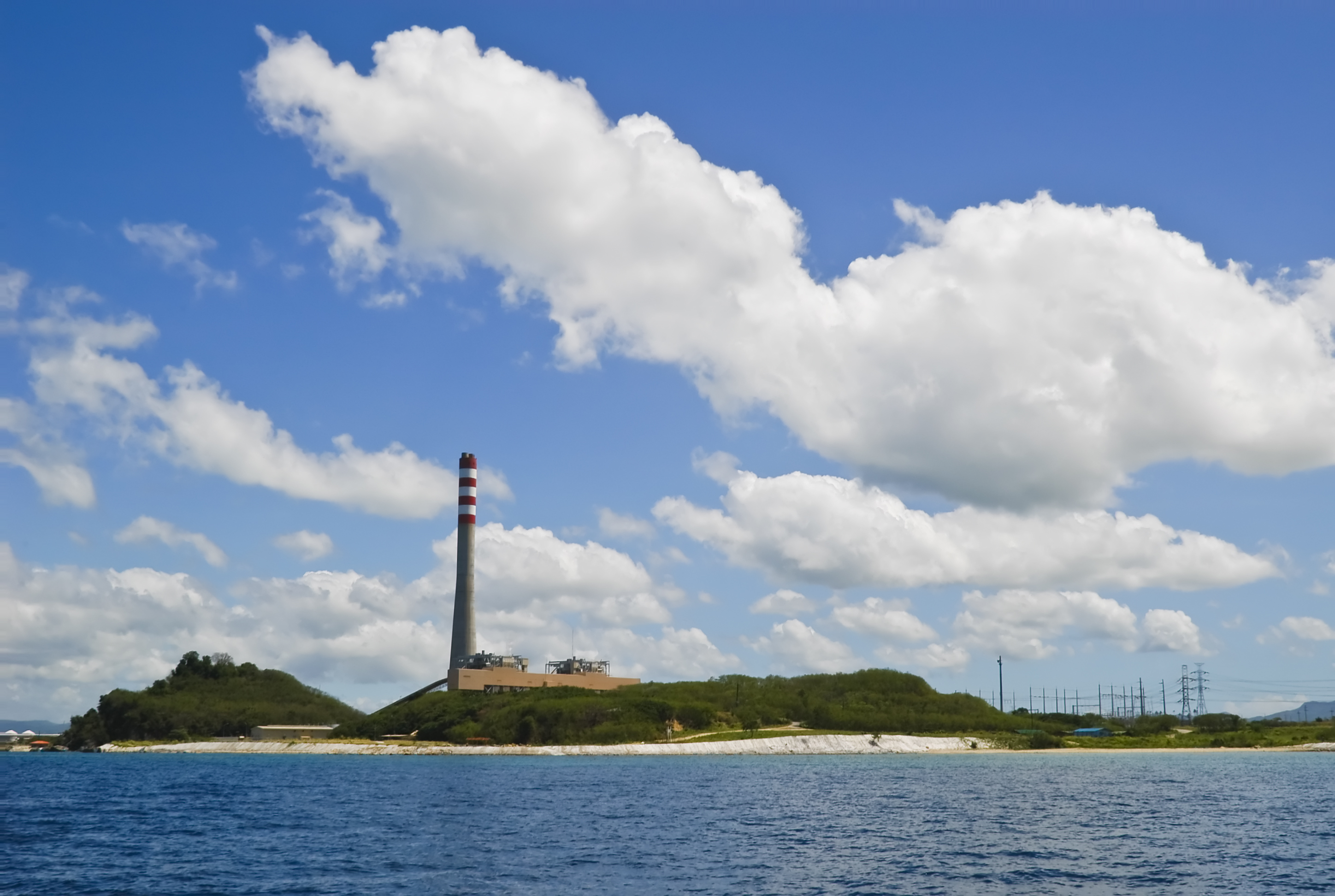Think tank: Coal in Ph energy mix increased despite moratorium
- April 4, 2022
- 0

The percentage of coal power generation in the Philippines increased to 48% in 2021 from 38% in 2021 despite the Department of Energy’s moratorium on the building of new coal plants, according to international energy think tank Ember.
“The Philippines is in stark contrast with other major coal-dependent developing countries, including China and India, where the share of coal generation has been falling over the past few years,” Ember said.
“The recent announcement of the coal power moratorium is a good start for the Philippines to reduce its dependence on coal power. However, much more is needed,” it added.
Implemented in October 2020, the moratorium only covered new coal plant applications. Power generation companies with committed power projects and indicative power projects with substantial permitting accomplishments, as well as expansion projects are exempted.
Further, a study by the London-based think tank – the Global Electricity Review 2022 – revealed that the country recorded an eight percent increase in power generated using coal. The Philippines also ranked 15th in terms of coal’s share in power generation.
The study further showed that power demand increased to 1,414 terawatt-hours (TWh), with Asia reflecting the highest demand growth due to economic growth.
Wind and solar energy were the fastest growing renewable energy sources in the past year. However, the two only accounted for 29 percent of the global rise in demand.
Coal power rose by nine percent in 2021 to 10,042 TWh, the biggest increase since 1985. Overall, coal generation accounted for 36 percent of power globally.
Global gas generation only grew by one percent.
“Most countries in Asia are seeing rapid demand growth, so although absolute coal generation is increasing, the proportion of electricity from coal is actually falling,” Ember said.